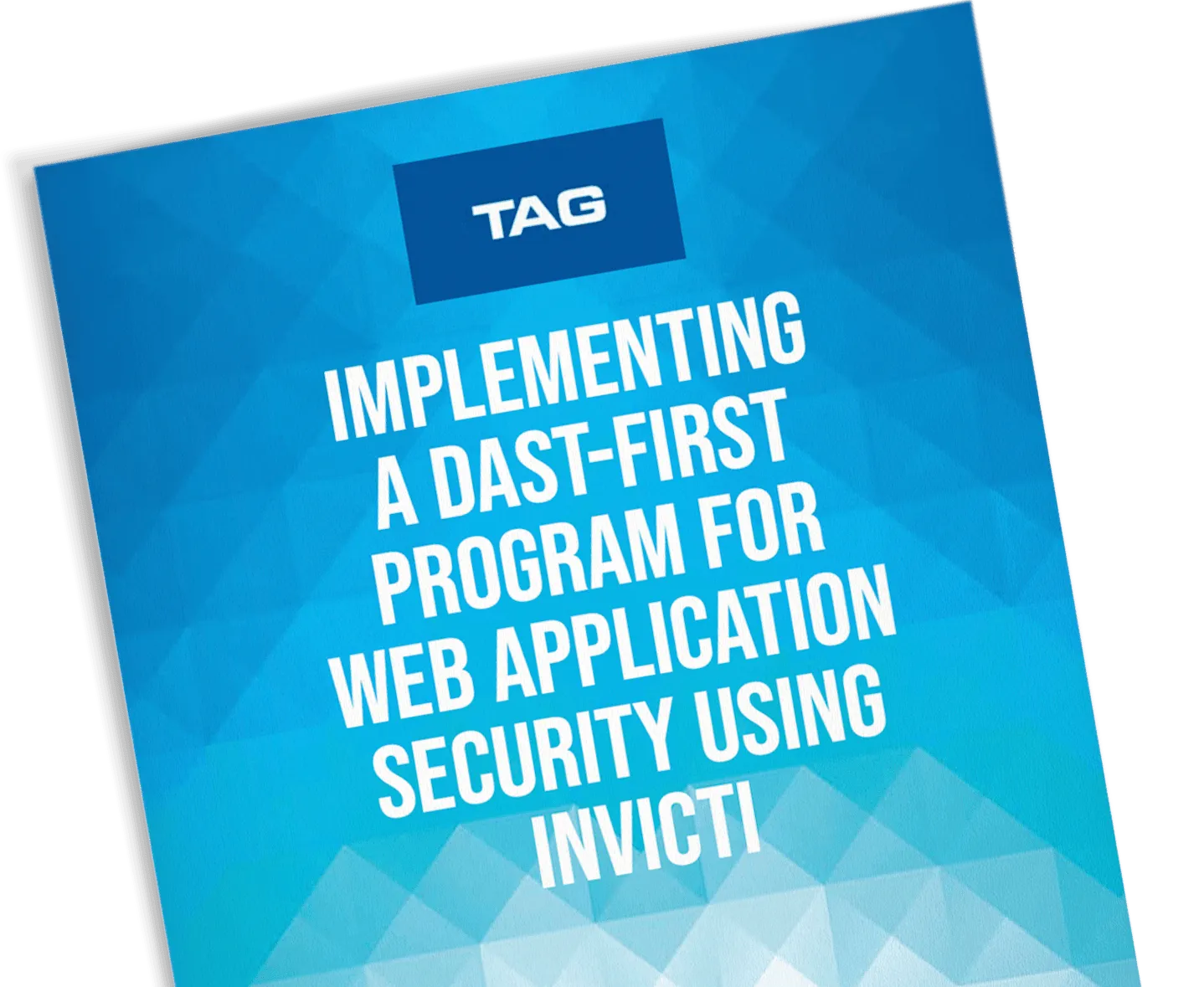Shadow AI: The hidden risk inside your enterprise (and how to manage it)
Enterprises are racing to adopt AI, but hidden, unsanctioned use of shadow AI is creating serious security, compliance, and governance risks. Learn how to identify and manage shadow AI before it undermines your organization’s defenses.

Introduction: The rise of shadow AI
Employees across every department and every organization are turning to unsanctioned AI tools to boost productivity, automate tasks, and solve day-to-day problems. From generating content with ChatGPT to using third-party automation scripts, the rise of generative AI has blurred the lines between personal and corporate technology use.
This quiet proliferation mirrors the earlier wave of shadow IT, where employees adopted unapproved apps or cloud services. However, shadow AI introduces more unpredictable risks because it involves dynamic, data-driven models that can learn, store, and replicate sensitive information.
Simply banning AI is not a solution. Employees will continue to use these tools to stay competitive. Instead, enterprises need to guide and secure AI adoption responsibly, ensuring innovation doesn’t come at the expense of data protection or compliance.
Key takeaways
- Shadow AI means unsanctioned AI adoption across roles without IT or security oversight.
- The risks of shadow AI include data leakage, compliance violations, and reputational damage.
- Merely banning the use of unsanctioned AI will likely just lead employees to find workarounds.
- The solution is updated governance, better employee education, and secure AI alternatives with equivalent capabilities.
- Enterprises that embrace AI responsibly stand to gain productivity while minimizing AI security risks.
What is shadow AI?
Shadow AI refers to the use of AI tools, systems, or models that are adopted within an organization without official approval, governance, or security oversight.
Its rise is fueled by the widespread accessibility of generative AI, a lack of clear governance structures, and growing business pressures to do more and move faster. Employees often turn to these tools to fill gaps left by slow internal processes or limited sanctioned alternatives.
Research underscores how widespread the trend has become. A Microsoft study found that 75% of workers already use AI at work, with 78% using their own tools to do so. This is fully in line with and even ahead of Gartner’s prediction that “by 2027, 75% of employees will acquire, modify or create technology outside IT’s visibility.”
Why shadow AI is a growing threat
Wider attack surface
Unlike shadow IT, which was mostly limited to more technically oriented teams, shadow AI adoption spans every role, from engineering to marketing, finance, or HR. This means sensitive data is flowing through uncontrolled AI systems that may store or share it in ways enterprises can’t track.
In development environments, the problem often runs deeper. Developers may integrate large language models (LLMs) into applications or workflows without security review, embedding unsanctioned APIs, model calls, or cloud-hosted AI services directly into code. Such shadow AI integrations can expose vulnerabilities, reveal production data, create security compliance gaps, or introduce unpredictable behavior when models evolve.
Without central oversight, even well-intentioned innovation can result in serious security and reliability issues.
Data exposure and confidentiality risks
Employees frequently paste proprietary code, internal documents, or customer data into generative AI models. A recent report found that “77% of employees paste data into GenAI prompts, 82% of which come from unmanaged accounts, outside any enterprise oversight.”
Similar risks apply to internally developed software if LLM-backed features are rolled out without centralized oversight. A single unvetted model endpoint or unsecured API connection can expose data flows that evade standard monitoring and auditing controls. These inputs can also become part of training datasets or be exposed through prompt injection and memory leaks, creating confidentiality risks.
Company-approved AI tools with proper business licenses do not use input data to train models, but the free versions definitely do. If people use unsanctioned AI tools to get things done faster, all the data they enter becomes the product for AI vendors – and nobody knows what the future holds with AI and where that data will end up.
Regulatory and compliance gaps
Uncontrolled data use and exposure through shadow AI can easily lead to violations of GDPR, CCPA, and emerging AI-specific regulations such as the EU AI Act. Without oversight, organizations can’t demonstrate compliance with data-handling standards because sensitive data could be ending up in AI systems beyond their knowledge or control.
Biased or misleading outputs
AI-generated results can be inaccurate or biased, introducing operational and reputational risk. Poorly validated AI outputs can misinform decisions, mislead customers, or distort analytics. In some cases, inaccurate or hallucinated data can make it into company deliverables, potentially exposing the organization to liability for providing customers with unverified data or guidance.
Expert insights: Why C-suite leaders must act
For CISOs and technology leaders, the first instinct may be to block AI tools outright, which may seem like the safest route. Such bans, however, tend to only drive tech use deeper into the shadow, thus compounding the risks and further decreasing visibility. On top of that, most businesses are encouraging if not outright mandating the use of AI to boost productivity, making any blanket bans impossible.
Managing shadow AI is not purely a technical challenge but also a business, compliance, and trust issue. Intellectual property exposure, compliance penalties, and loss of customer confidence are very tangible risks.
Executives must lead cross-functional efforts involving security, IT, legal, HR, and business units to develop governance that encourages responsible and productive AI use while maintaining enterprise-grade protection and data privacy.
Actionable best practices for managing shadow AI
- Build incremental governance: Start with clear, accessible, and practical AI usage policies and evolve them as adoption grows.
- Enable secure and functional alternatives: Offer approved AI platforms that meet not only data security and compliance standards but also user and business needs.
- Educate employees on AI security: Provide training on risks like data leakage, bias, and unverified AI outputs.
- Implement visibility tools: Deploy monitoring solutions that can audit AI usage across departments. This also includes scanning application environments for unmanaged LLM deployments to ensure all AI model usage follows secure development and operations standards.
- Conduct regular audits: Review usage trends, identify emerging risks, and update policies accordingly.
- Establish AI governance committees: Include representation from compliance, IT, and business leadership to review risks and usage.
Looking ahead: How to embrace responsible AI
Just like shadow IT, shadow AI is a tangible security risk – but it’s also a signal that employees want and need the latest productivity tools that are not yet covered by corporate policy. Instead of enforcement and suppression, leadership should channel that energy into secure, enterprise-grade AI initiatives.
Responsible AI adoption means thoughtfully integrating transparency, explainability, and governance into every layer of AI-driven workflows. Future-ready organizations need to operate AI ecosystems that balance productivity with control and trust.
Conclusion: Turning shadow AI into a strategic advantage
Given the power, ubiquity, and rate of innovation of AI tools, some shadow AI use is probably inevitable – but unmanaged mass shadow AI is dangerous. By establishing visibility, governance, and education, enterprises can turn potential chaos into a source of competitive advantage.
LLM security on the Invicti Platform
To help CISOs maintain a secure AI posture, Invicti DAST can perform LLM-specific security checks during vulnerability scanning to identify LLM-backed apps and test them for prompt injection and other security vulnerabilities. These checks are one part of comprehensive discovery and security testing functionality on the Invicti Platform, covering application APIs as well as frontends and including proof-based scanning to verify exploitability.
Get a proof-of-concept demo of LLM security checks on the Invicti Platform.
Frequently asked questions
FAQs about shadow AI
Shadow AI is the use of AI tools and technologies by employees without an organization’s knowledge, governance, or security oversight.
It increases the attack surface, can expose sensitive data, may lead to bad business outcomes due to incorrect or biased outputs, and creates the risk of regulatory non-compliance.
Shadow IT involves the use of unsanctioned apps, devices, or services. Shadow AI extends this concept to AI tools (typically generative AI such as LLMs) that are powerful, unpredictable, and evolving, making governance more complex and risks more severe.
By building AI governance frameworks, providing secure alternatives, monitoring usage, and engaging employees in responsible AI adoption that benefits the business.
No, banning trending tech such as AI usually just drives adoption underground. A better approach is enabling responsible, sanctioned AI use with strong governance and verified tooling that meets user needs.



